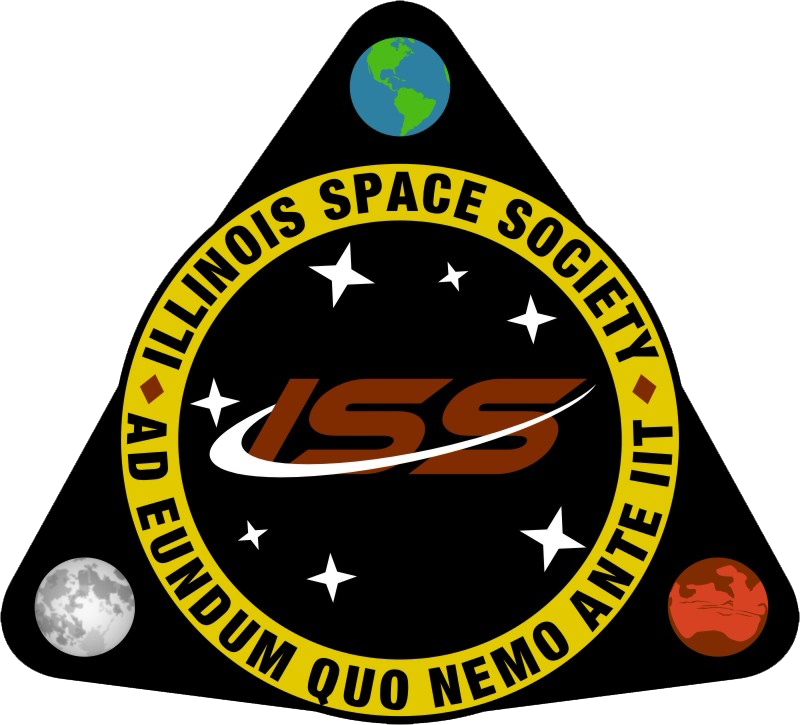Hybrid’s New Engine Flows Toward Reality
October 29, 2023, 4:25 PM CDT / By Robert Barthell
After several years of development, the Illinois Space Society's Hybrid Propulsion team has achieved a significant breakthrough in developing their new 4 Kilonewton Hybrid Engine.
Founded in 2013, the team initially intended to explore complex rocketry systems and investigate new propulsion methods for vehicles taking to the skies. By 2018, the project's focus had shifted to the current iteration of the design, which involves a cross between a liquid and solid rocket engine, utilizing liquid oxidizer and solid fuel.
A dedicated team of engine designers conducted a successful cold flow test of their new engine this past October 7th. While completing every step except igniting the engine itself, the test proved that the engine's tanks, valves, and fittings were correctly configured and would function as planned when the engine took flight.
The Launch Test
"Hybrid engines aren't that common in the industry, and so literature on them isn't as common as other types of engines or rockets, making a lot of the work we do stuff that we have to figure out on our own. Every aspect of this engine has been something we've had to custom design from scratch because nobody else does it," said project lead Aakash Shah, a junior in Aerospace Engineering.
In designing their new engine, the team experienced many design setbacks as they experimented with new methods of obtaining a configuration that would ignite and thus accomplish their goals of constructing a usable engine using this new technology.
Hybrid members preparing for the Cold Flow
"Our initial design for our oxidizer tank was to use a face seal with an o-ring; we thought that would have added modularity. The problem is that getting that to work was way more work than we bargained for, and pressure vessel sealing is an incredibly difficult process," Shah said.
Furthermore, minute details added vastly long periods to the development cycle. For instance, Shah mentioned the difficulty in obtaining the perfect design for the fuel grain casting setup. This tight cylindrical compartment stores the oxidizer and controls its release during the critical launch moments. "It not only has to be a very specific length and diameter but also homogeneous in composition. Contaminants or air bubbles could adversely impact the combustion process, and so we have to be incredibly careful with it. Designing an adequate casting and molding setup was a multi-year long project," he added.
Shah also noted that the team spent months and even years developing and designing other parts such as the ignitor, feed system, thermal protection system, combustion chamber, and nozzle.
The most perplexing part of the design, though, is what the entire operation needs to become functional: an ignition system for the engine.
To realize their hopes of activating the engine, the Hybrid team used Paraffin for fuel, Nytrox (a combination of Nitrous Oxide and Oxygen) as their oxidizer, and a tiny spark that sets off a chain reaction, igniting the fuel and oxidizer in a burst of flame. Timing the ignitor to burn at the exact place and time it was needed brought about another set of problems for the team.
The Cold Flow on October 7th has demonstrated that after years' worth of hard work, the team has completed the first step necessary to seeing their creation soar to the skies. The next goal is to initiate a hot fire of the engine, which itself requires a retrofit of its current testing stand so that it can withstand the forces of the fully-powered engine roaring to life. The team is excited to obtain concrete experimental data regarding the thrust potential of their new creation.
As for upcoming plans and aspirations, Shah mentioned the variety of possible uses for this new engine. Among the goals the team has considered, some include building a much larger version of the same machine or putting it to use inside a rocket of their own. Shah expects to see these ideas discussed further in the coming months.
"It's incredible to lead a team I've been a part of since I was a freshman. Seeing how everything comes together, not only on the technical side but also financially and team-wise, it's a really cool experience and has given me a lot of perspective on project leadership," he said.
Apart from enjoying his job as the team lead, Shah praises his teammates' enthusiasm and how their effort brings forth vital contributions that have pushed the project forward.
"This project is much bigger than the people on it just now. It's the result of probably close to a hundred people over the course of almost five years. Nobody from the original hybrid team that started this project is still around; it's all new members," he added.
"The fact that we've been able to take this project to its conclusion is a testament to the endurance of the team and the determination of everyone involved. I feel like that's the coolest part, that I'm taking a project with such a history to completion."

